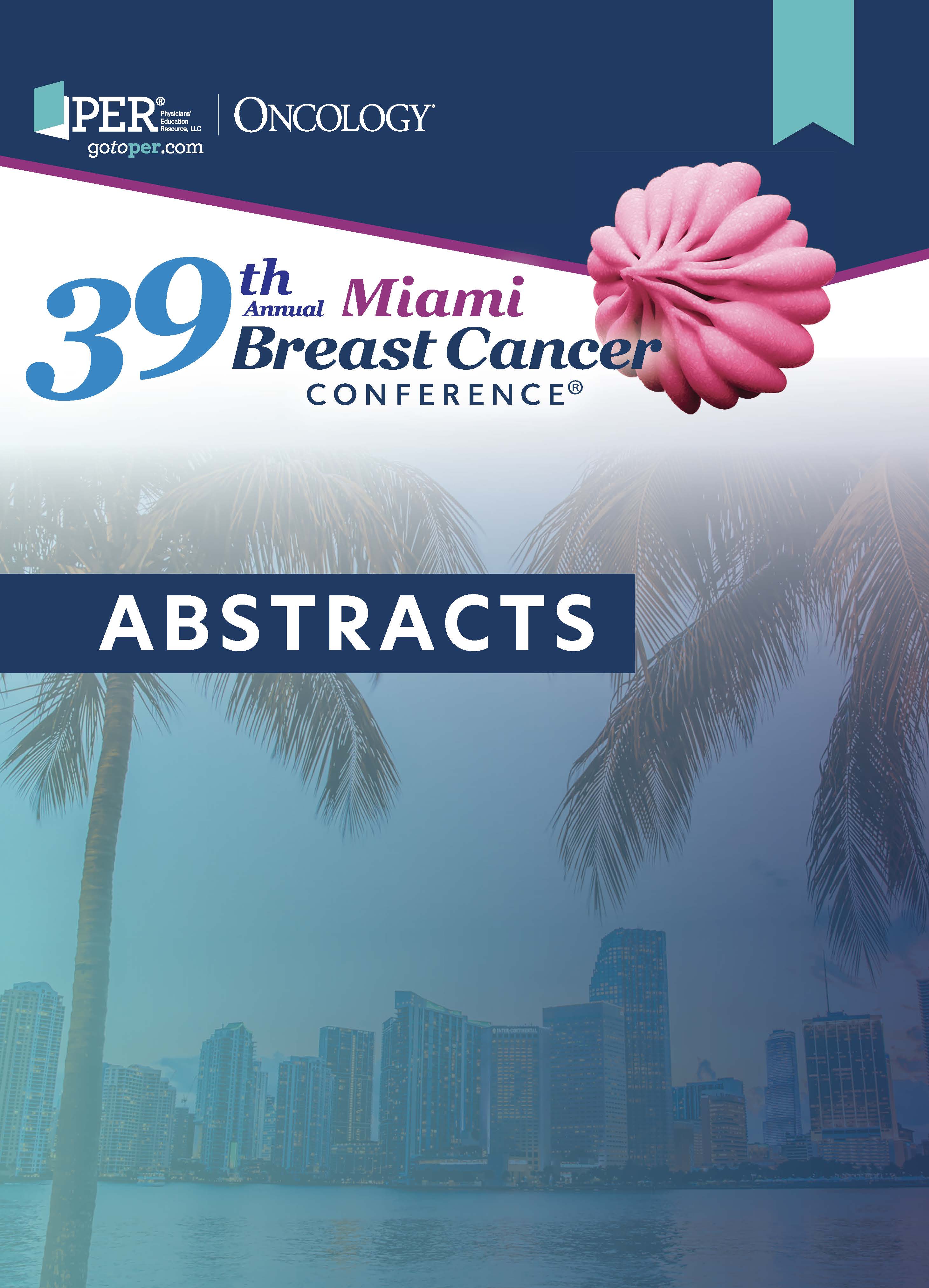21 TiP Pivotal Phase 3, Randomized Controlled Trial Evaluating the Safety and Efficacy of Aminolevulinic Acid for the Real-time Visualization of Cancer Through Fluorescent Imaging During Breast-Conserving Surgery
Background
Breast-conserving surgery (BCS) aims to adequately resect the primary breast tumor while conserving as much healthy tissue as possible. Despite best efforts, positive margins are common after BCS, resulting in repeated surgical procedures. Based on results from a phase 2 study (Ottolino-Perry K et al, Breast Cancer Research, 2021), this phase 3 randomized controlled trial (NCT04815083) evaluates the safety and efficacy of the optical imaging agent aminolevulinic acid hydrochloride (ALA HCl; PD G 506 A). ALA HCl collects in cancer cells as the fluorescent molecule protoporphyrin IX (PpIX), which can be visualized intraoperatively using the Eagle V1.2 Imaging System. The study’s objectives are to (1) evaluate the safety and efficacy of PD G 506 A and (2) characterize the diagnostic performance of ALA HCl to identify malignant breast tissue using the Eagle V1.2
Imaging System.
Design & Method
Eligibility includes: female patients 18 years or older, histologically confirmed primary breast cancer, normal organ and bone marrow function, and planned BCS for primary breast cancer. Patients will be randomized to receive PD G 506 A or placebo orally 3 hours prior to anesthesia. All patients will undergo standard-of-care (SOC) BCS. Intraoperative fluorescence imaging will be performed using the Eagle V1.2 Imaging System to identify PD G 506 A–induced PpIX fluorescence in the resected BCS specimen(s) and the lumpectomy cavity. Surgeons will remain blinded to group allocation until completion of SOC BCS. Following surgeon unblinding, additional tissue will be resected based on the presence of fluorescence on specimen margins and/or in the lumpectomy cavity. Data collected include patient demographics, tumor characteristics, adverse events, presence of fluorescence in the cavity and/or resected specimen, histopathologic assessment of resected tissues, patient-reported cosmetic outcome, and reexcision rates. The primary end points are the percentage of patients with histopathologic-positive margins following SOC BCS that are converted to negative margins following fluorescence-guided resection (FGR), specificity to identify residual carcinoma after FGR, and sensitivity to identify residual carcinoma at the end of SOC.
Status
The clinical trial was activated in April 2021. Orlando Health, Florida, is the current site, with a total target of 20 sites. It is expected to run for about 2.5 years with a targeted accrual of 400 patients.
